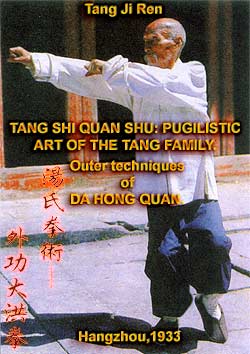Having lived in Japan and China for nearly ten years and now returned to the USA, I find there is never a lack of people who'd like to tell me what China or Japan is really like.
When I visited my alma mater, I was invited by a group of Japanese language students to come talk to them about my experiences. Invariably, the question of "what's your favorite sushi?" came up. I answered "Ebi abocado" (shrimp and avocado). One student, who had no doubt never visited Japan, was stupid enough to say "Actually, that doesn't exist in Japan. Japanese people would never eat such a thing."







 Reply With Quote
Reply With Quote









